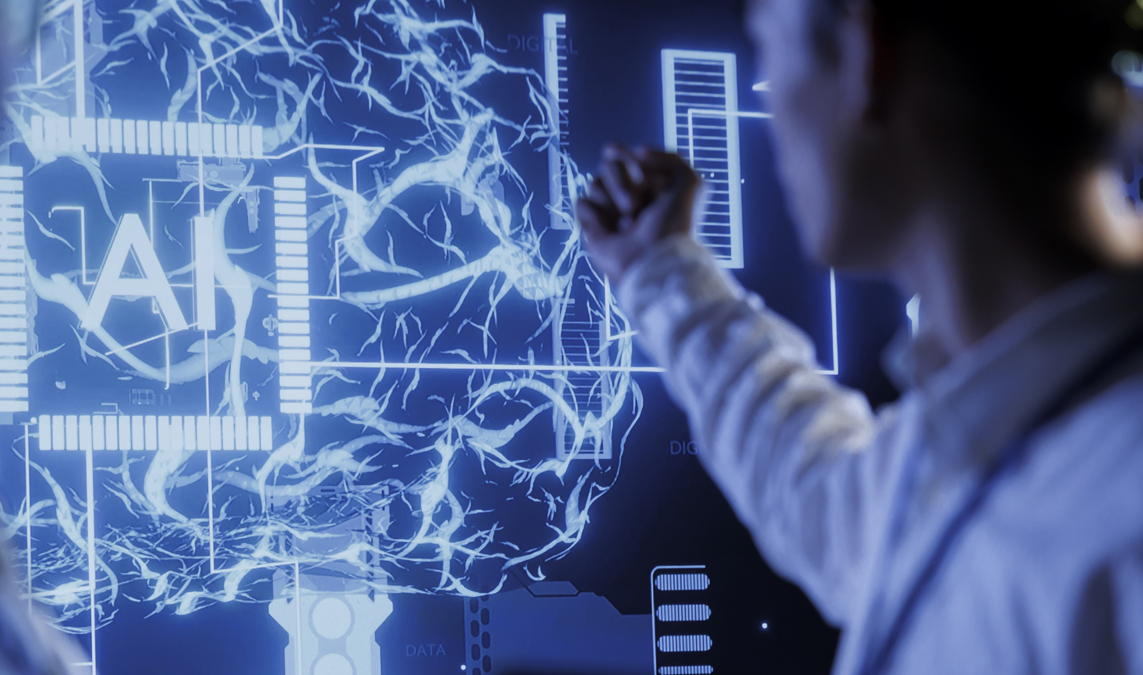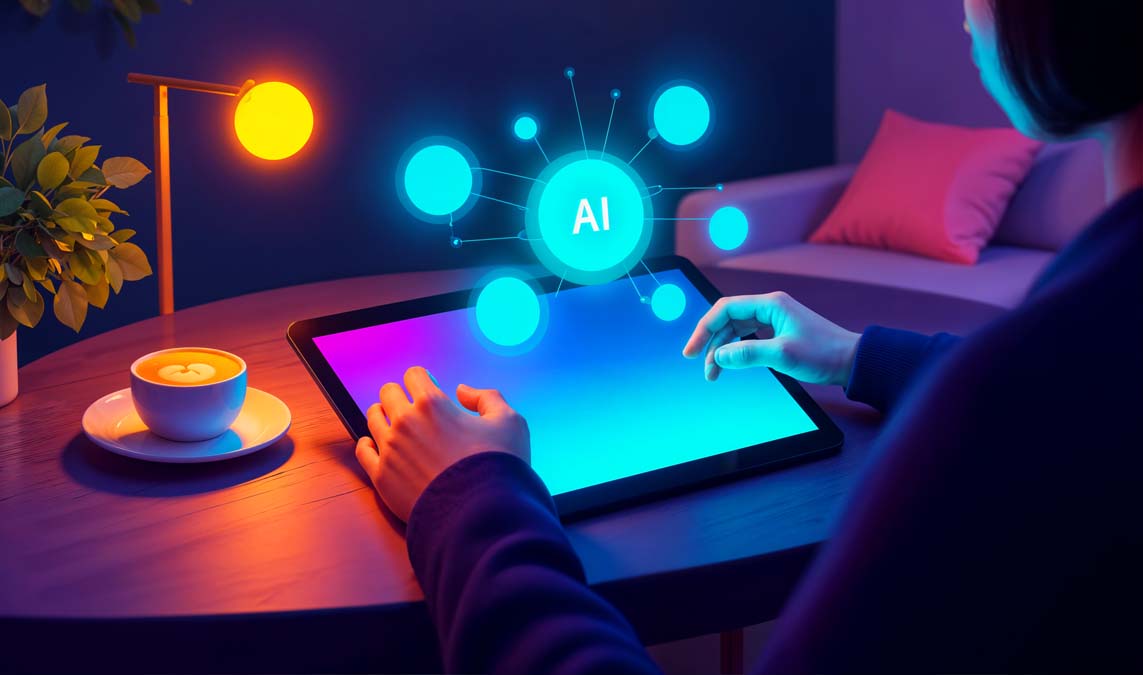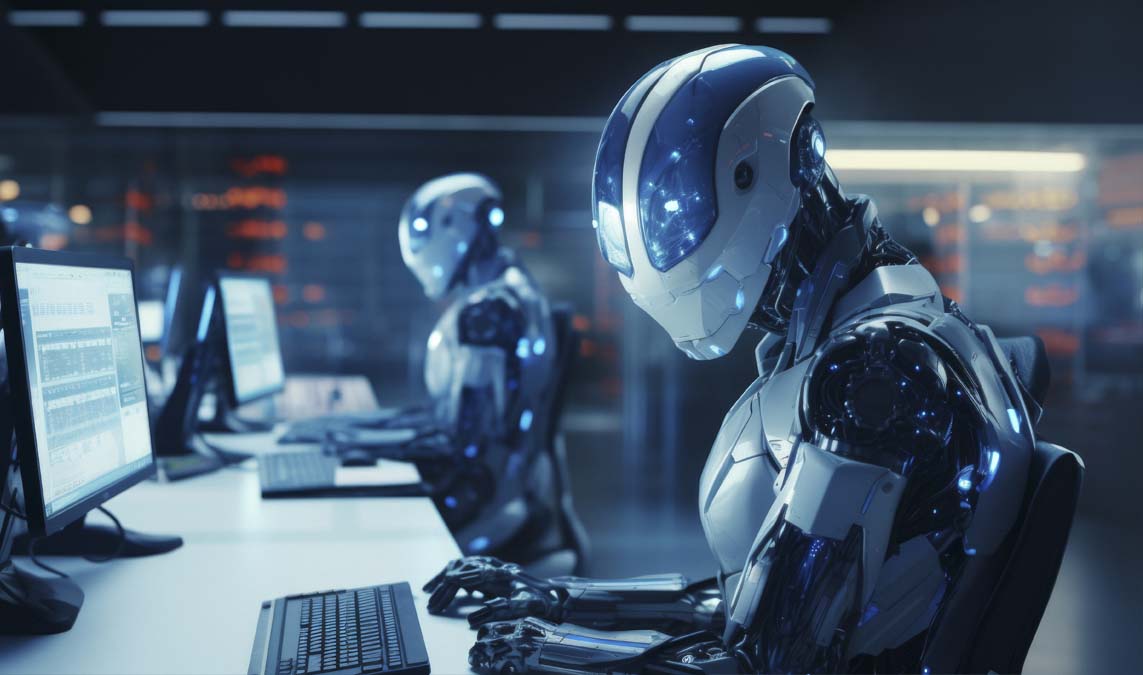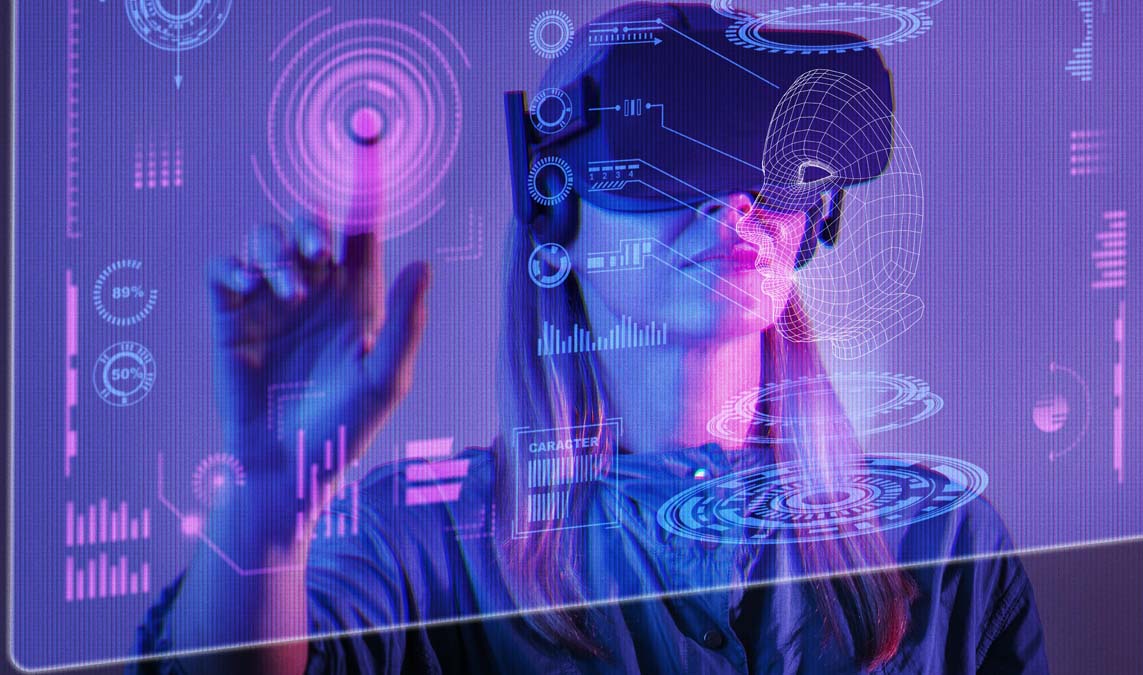Current Trends in Artificial Intelligence: Transforming the Future
Artificial intelligence (AI) continues to be one of the most rapidly evolving fields in technology. From healthcare and finance to marketing and logistics, AI is shaping the future in ways we couldn’t have imagined a decade ago. This article explores the current trends in artificial intelligence, their applications, and the impact they’re having across industries.
Artificial intelligence (AI) continues to be one of the most rapidly evolving fields in technology. From healthcare and finance to marketing and logistics, AI is shaping the future in ways we couldn’t have imagined a decade ago. This article explores the current trends in artificial intelligence, their applications, and the impact they’re having across industries.
1. The Rise of Generative AI
One of the most exciting current trends in artificial intelligence is generative AI. This branch of AI enables machines to create content—text, images, music, and even code. Tools like ChatGPT, DALL·E, and Midjourney are revolutionizing how businesses and individuals approach content creation.
Generative AI is widely used in marketing, entertainment, and design. For instance, businesses now generate personalized ad content using AI tools, reducing creative costs and turnaround time. These tools also assist writers and designers in brainstorming and prototyping ideas more quickly.
2. AI in Healthcare: Diagnostics and Drug Discovery
Another major trend in artificial intelligence is its growing role in healthcare. AI systems are being developed to assist with diagnostics, analyze medical imaging, and even predict patient outcomes. These tools not only improve accuracy but also reduce the workload on medical professionals.
Pharmaceutical companies are increasingly using AI to discover and test new drugs. Machine learning models can analyze massive datasets to identify compounds with the highest potential for success. This dramatically shortens development cycles and increases the chances of finding effective treatments.
3. AI-Powered Automation in Business Operations
Business automation is a long-standing goal, and current trends in artificial intelligence are making it more achievable than ever. Companies are implementing AI to streamline operations, from inventory management to customer service.
Robotic process automation (RPA) powered by AI is handling repetitive tasks, allowing employees to focus on more strategic work. AI-driven chatbots and virtual assistants are also improving customer engagement and reducing support costs. These changes are helping businesses become more agile and efficient.
4. AI Ethics and Responsible Use
As AI becomes more embedded in society, there’s growing concern around ethical use. One of the most important current trends in artificial intelligence is the development of ethical frameworks and regulations.
Concerns about data privacy, bias in algorithms, and transparency are pushing companies to adopt responsible AI practices. Organizations and governments are working together to ensure that AI systems are fair, accountable, and explainable. Responsible AI isn’t just a trend—it’s becoming a business necessity.
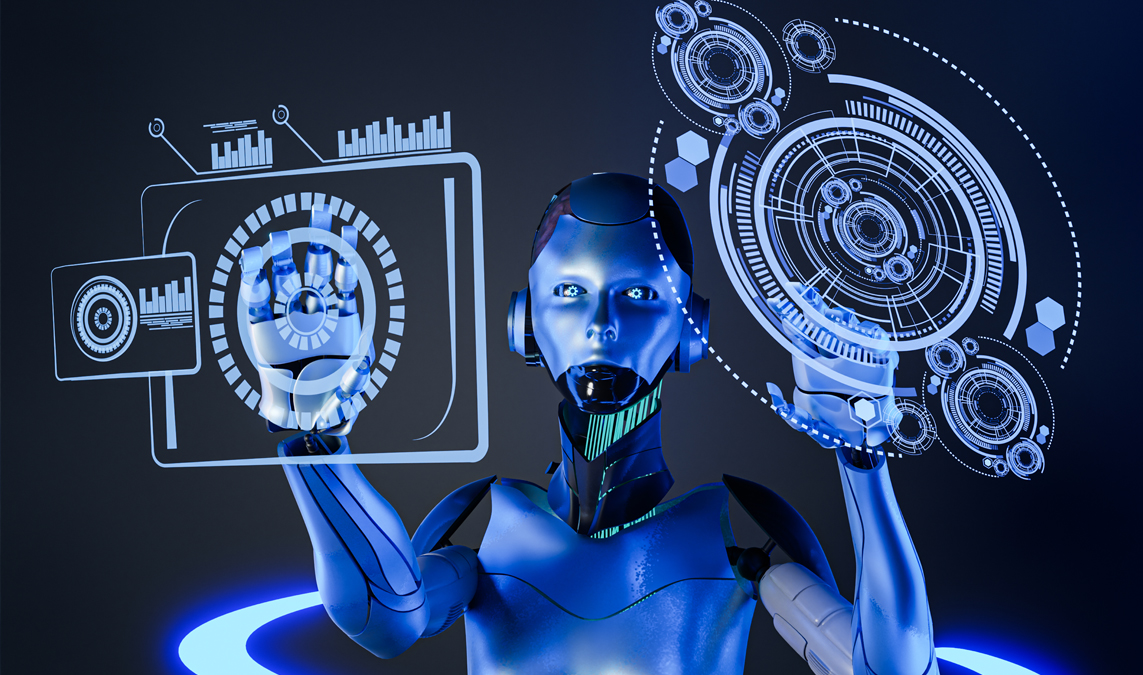
5. AI in Cybersecurity
With cyber threats becoming more sophisticated, AI is stepping in to fortify digital defenses. AI models can detect patterns in vast amounts of data and recognize anomalies that may signal a cyberattack. This proactive approach allows security teams to respond faster and more effectively.
One of the current trends in artificial intelligence in this domain is predictive threat modeling. AI is being used not just to react, but to forecast potential threats before they occur, making systems more resilient to breaches.
6. Natural Language Processing (NLP) Improvements
Natural Language Processing has seen significant advancements, especially with the emergence of large language models. These systems understand and generate human-like text, enabling applications like AI-powered translation, summarization, and sentiment analysis.
NLP is central to many of today’s tools, from virtual assistants like Siri and Alexa to business tools that analyze customer feedback. The improvement in contextual understanding is pushing NLP into more complex applications, such as legal document analysis and mental health diagnostics.
7. AI Integration with IoT and Edge Computing
Combining AI with the Internet of Things (IoT) is another powerful trend. Smart devices now collect and process data locally using edge computing, reducing latency and enhancing performance. AI processes this data to make real-time decisions—for example, in autonomous vehicles, smart factories, and predictive maintenance systems.
This integration is enabling smarter cities, more efficient energy grids, and advanced agricultural systems. The current trends in artificial intelligence show a shift toward decentralized AI, where intelligence is embedded closer to the source of data.
8. Personalized User Experiences
Today’s consumers expect personalized experiences, and AI is key to delivering them. Whether it’s product recommendations on e-commerce sites or customized content in apps, AI tailors user interactions based on behavior, preferences, and real-time feedback.
Retailers, streaming platforms, and financial services are leading the way in using AI to enhance customer experiences. Personalization not only improves satisfaction but also boosts conversions and brand loyalty.
9. AI in Education and Training
Educational institutions and corporate training programs are increasingly adopting AI to create adaptive learning experiences. AI assesses individual learner progress and adjusts content accordingly, offering personalized learning paths.
This trend is making education more inclusive and effective. AI tutors, automated grading systems, and virtual classrooms are also reshaping how knowledge is delivered.
10. Multimodal AI and Cross-Functional Intelligence
Multimodal AI refers to systems that can process multiple types of input—text, image, audio, and video—simultaneously. These models improve understanding and interaction by combining different data formats, similar to how humans use multiple senses.
Examples include AI systems that can watch a video and generate a written summary or respond to voice commands while analyzing on-screen content. The current trends in artificial intelligence show that this type of intelligence will soon be standard in customer support, gaming, and immersive learning environments.
Final Thoughts
The current trends in artificial intelligence reflect a shift from experimental to essential. From creativity and automation to ethics and personalization, AI is embedded in the core of how businesses and society function. Staying informed about these developments is crucial for individuals, organizations, and governments aiming to stay competitive and responsible in the AI-driven world.

